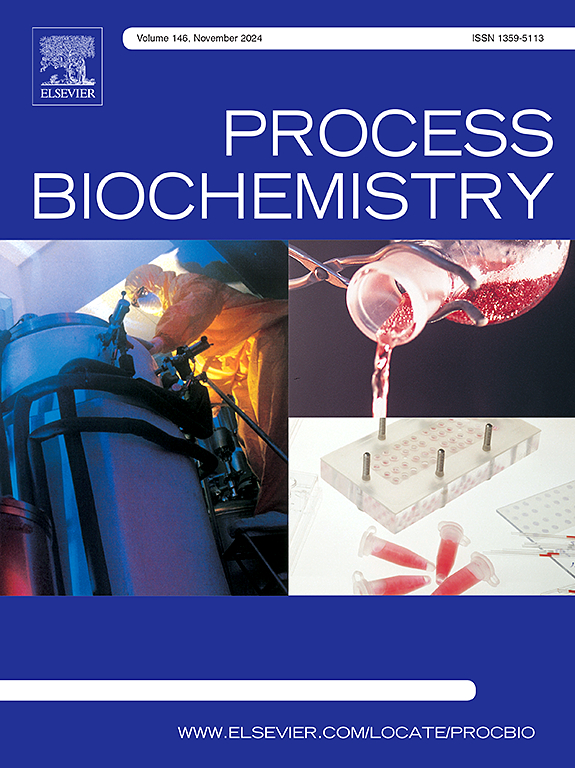Mangiferin alleviates Quorum sensing regulated biofilm formation and virulence factor production in pathogenic bacteria: in vitro and in silico investigation
IF 3.7
3区 生物学
Q2 BIOCHEMISTRY & MOLECULAR BIOLOGY
引用次数: 0
Abstract
Quorum sensing (QS) is a crucial mechanism employed by bacteria for intercellular communication, regulating various physiological processes including biofilm formation, virulence factor production, and antibiotic resistance. Biofilm-associated infections pose immense in healthcare as well as in the food industry due to their resilience against conventional antibiotics. Since several phytocompounds hold promise as QS and biofilm inhibitors, Mangiferin a natural polyphenol, was investigated as an anti-quorum sensing and biofilm inhibitory agent against bacterial pathogens in vitro. In silico molecular docking and molecular dynamic simulation studies were also undertaken to determine the interaction of Mangiferin with CviR, LasI and LasR. Mangiferin reduced QS regulated virulence functions such as violacein (C. violaceum), prodigiosin (S. marcescens), pyocyanin, pyoverdine, rhamnolipid and elastase (P. aeruginosa) significantly at sub-inhibitory concentrations. Further, mangiferin impaired biofilm formation by 22 %-81 % and disrupted preformed mature biofilms by 24 %-63 % in all the test strains. Moreover, production of vital functions such as exopolysaccharide production, cell surface hydrophobicity and exoprotease production also decreased significantly upon amendment of mangiferin. Molecular docking and molecular dynamics simulations data confirmed the stable nature of mangiferin complexes with CviR, LasI and LasR. The overall binding energy for interaction of mangiferin with CviR, LasI and LasR was −7.4, −6.9 and −6.9 kcal/mol, respectively. Thus, the findings clearly indicate that mangiferin demonstrates broad-spectrum quorum sensing, virulence and biofilm inhibition. Overall, this study underscores the promising role of mangiferin in combating bacterial infections by targeting QS and biofilm formation, paving the way for the development of novel strategies for the management of biofilm-associated infections and food spoilage.
求助全文
约1分钟内获得全文
求助全文
来源期刊

Process Biochemistry
生物-工程:化工
CiteScore
8.30
自引率
4.50%
发文量
374
审稿时长
53 days
期刊介绍:
Process Biochemistry is an application-orientated research journal devoted to reporting advances with originality and novelty, in the science and technology of the processes involving bioactive molecules and living organisms. These processes concern the production of useful metabolites or materials, or the removal of toxic compounds using tools and methods of current biology and engineering. Its main areas of interest include novel bioprocesses and enabling technologies (such as nanobiotechnology, tissue engineering, directed evolution, metabolic engineering, systems biology, and synthetic biology) applicable in food (nutraceutical), healthcare (medical, pharmaceutical, cosmetic), energy (biofuels), environmental, and biorefinery industries and their underlying biological and engineering principles.
 求助内容:
求助内容: 应助结果提醒方式:
应助结果提醒方式:


